
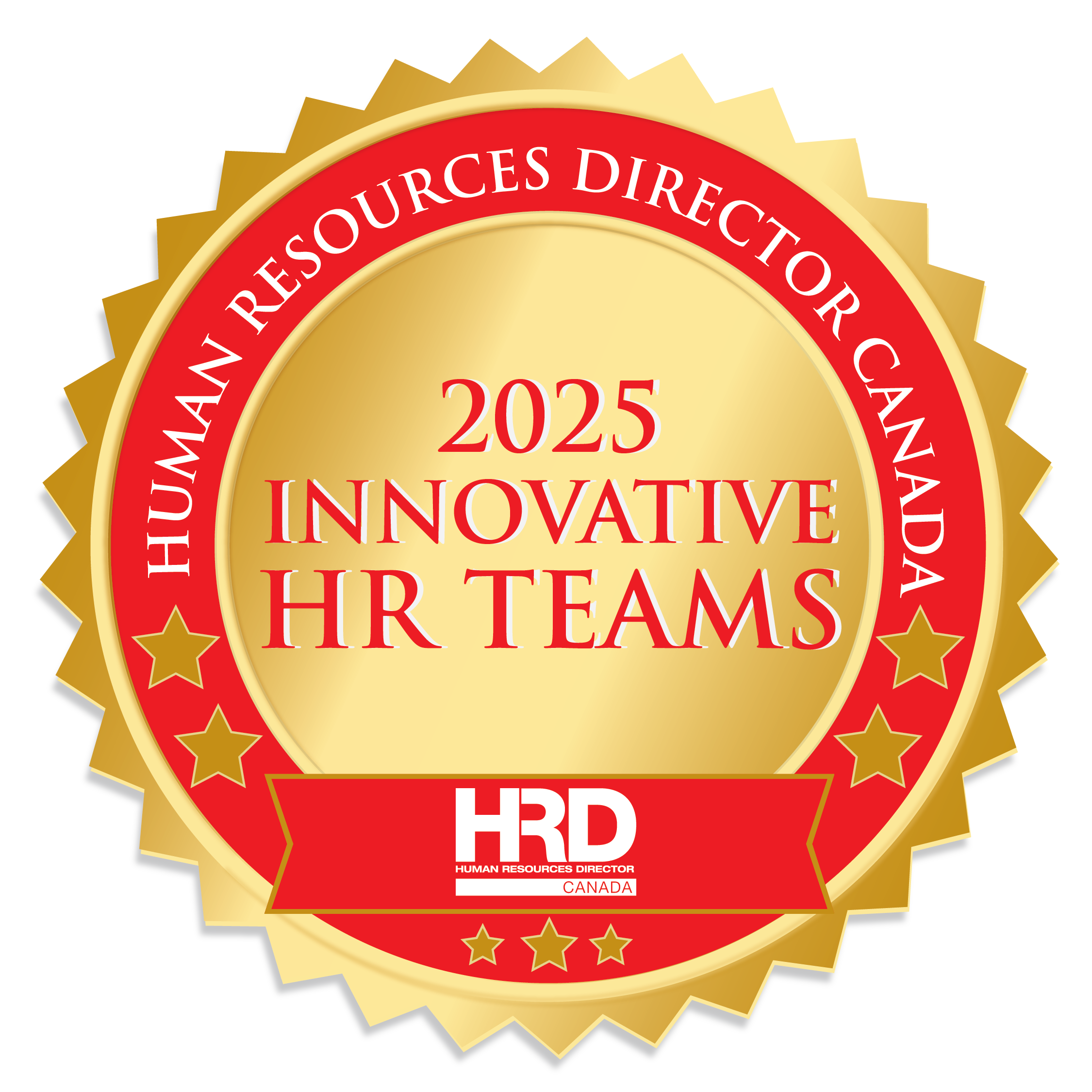
Jump to winners | Jump to methodology
Forward-thinking HR teams that focus on intentional innovation – not innovating for its own sake – bridge generational gaps in the workplace and ease the tension around ongoing debates on hybrid work models, flexibility, and work-life balance.
“On the one hand, there are more traditional views that employees need to be in the office, that benefits should look a certain way, or that the employment relationship has to follow a specific structure,” says Paola Accettola, CEO and principal consultant at True North HR Consulting.
“On the other hand, innovation is pushing back against that, showing that things don’t have to stay the same.”
The challenge for HR innovators lies in aligning leadership with the HR philosophy about what the organization stands for and where it wants to go. The biggest opportunity, in tandem, is to focus on developing a new kind of leader who embodies emotional and business intelligence.
“I know a lot of people talk about this, but we spend a lot of time with many organizations and clients who demonstrate this, and in their approach, we can really see the impact it has on the workplace,” she adds.
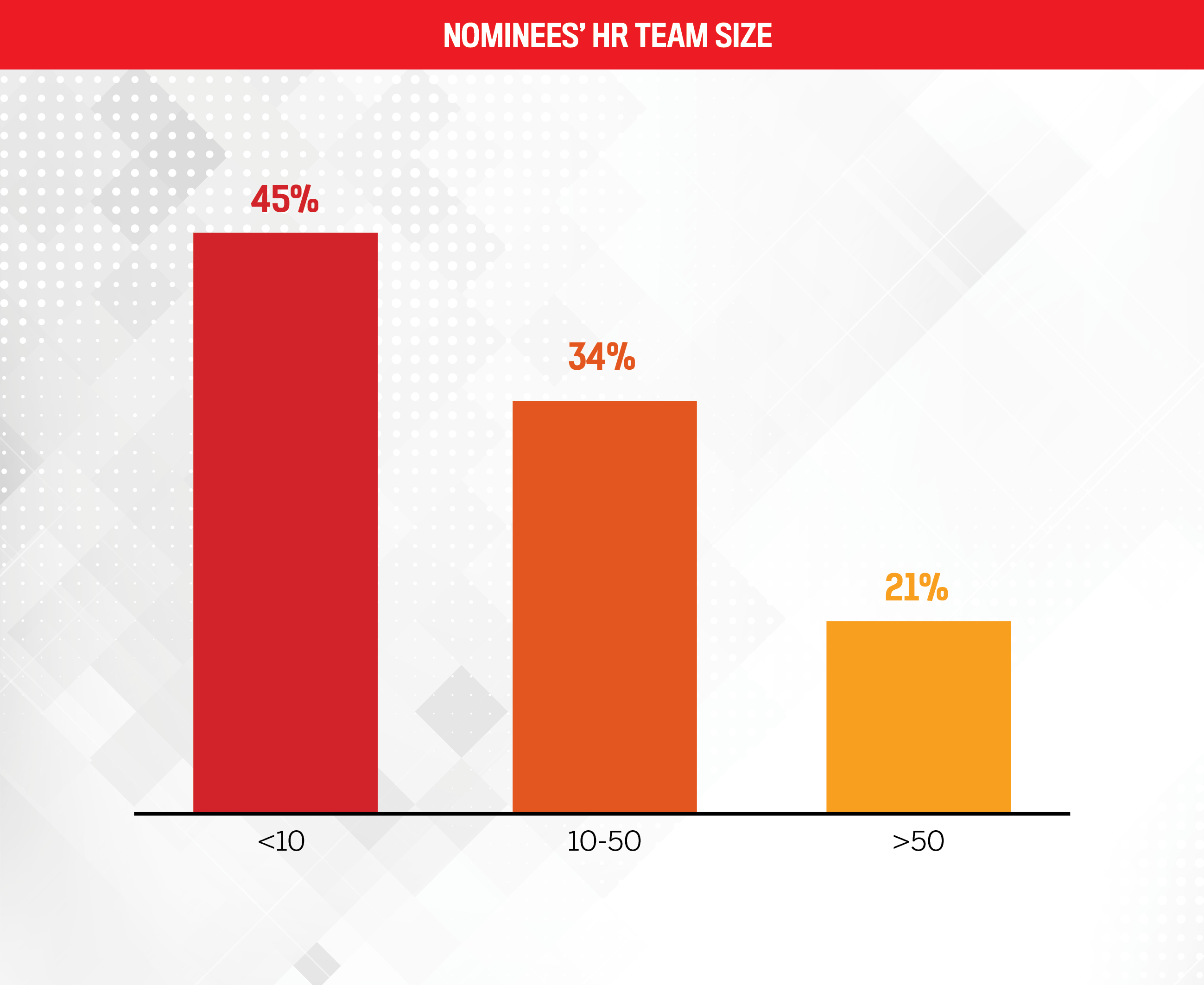
HRD Canada’s Innovative HR Teams of 2025 showcase how innovation can transform workplace culture and deliver measurable results when aligned with a clear organizational philosophy.
Five key areas emerged from HRD Canada’s data, highlighting where HR innovators are making the greatest impact:
HR practices: leveraging cutting-edge technologies such as AI-driven tools for recruitment, performance management, and employee engagement
Employee engagement and development: emphasizing employee well-being through flexible work arrangements, mental health initiatives, and career development opportunities
Diversity, equity, and inclusion (DEI): implementing foundational strategies, unconscious bias training, diverse hiring panels, and equitable employment practices
Technology and digital transformation: integrating advanced HR management systems and tools such as chatbots, analytics, and AI frameworks to optimize HR functions and improve employee experience
Recognition and retention: designing impactful programs, tailored perks, and social responsibility initiatives to boost morale and engagement
Nearly a quarter of the nominees leveraged new technologies to advance HR’s strategic priorities, while just under a fifth innovated around their DEI programs.
Meanwhile, as organizations look to the future, several strategic priorities are apparent among the 1,400 HR leaders across over 60 countries surveyed by Gartner in its 2025 HR Top Priorities report.
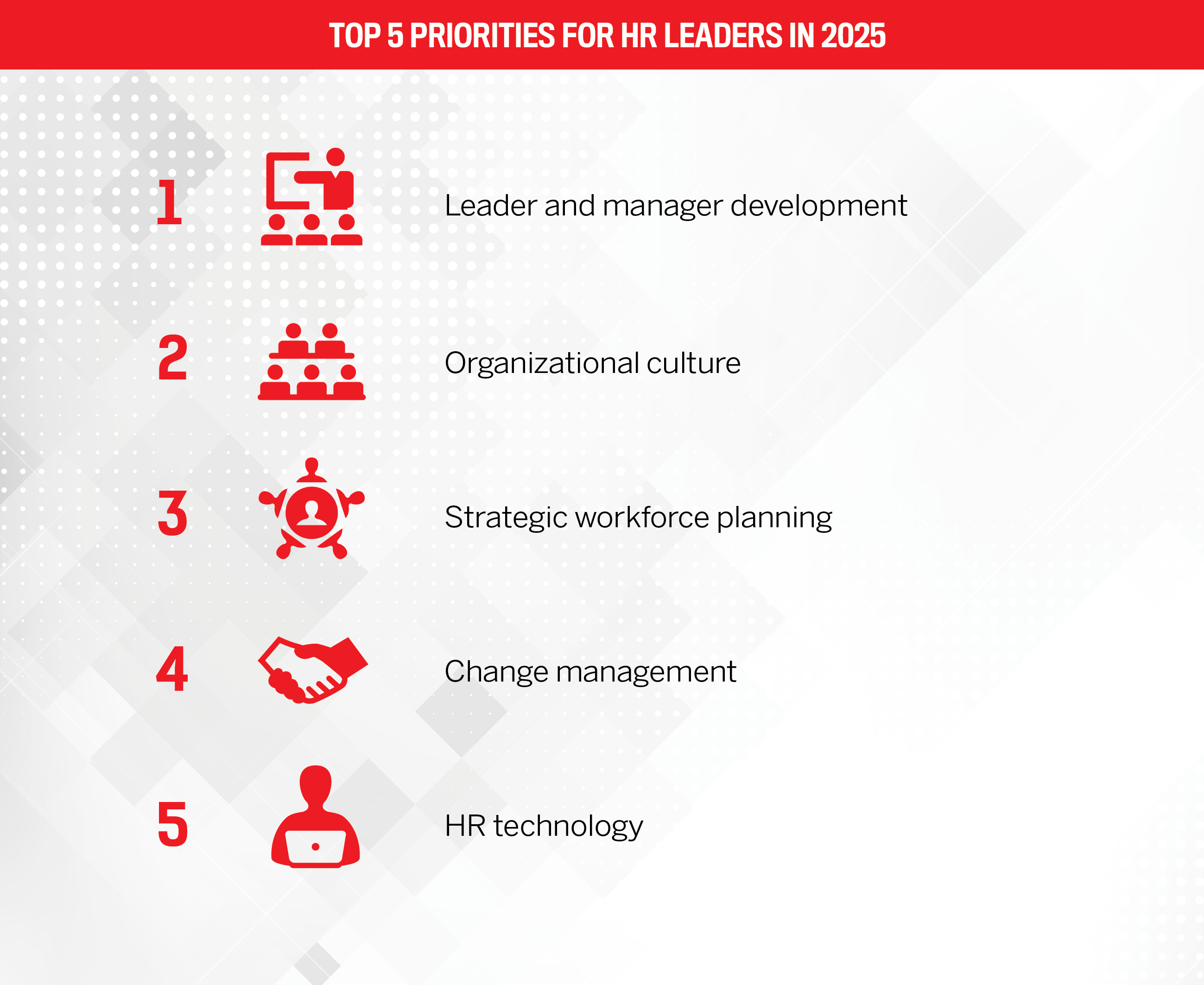 Source: Gartner, Top HR Focus Areas for 2025
Source: Gartner, Top HR Focus Areas for 2025
Among the HR leaders surveyed, the report revealed that:
75 percent report that managers are overwhelmed with the expanding scope of their responsibilities
70 percent believe that current leaders and managers are not adequately equipped to develop mid-level leaders effectively
57 percent agree that managers fail to enforce the desired vision of culture within their teams
53 percent report that their leaders don’t feel accountable for demonstrating the desired culture
66 percent agree their workforce planning is limited to headcount planning
61 percent agree their workforce planning efforts are limited to a one-year plan
74 percent say managers are not equipped to lead change
On the technology front, HR expert Accettola points out that AI-powered tools, such as Copilot, are game changers that help streamline decision-making and day-to-day work, enabling HR professionals to focus on what matters most.
“For HR practitioners, it’s about becoming well-versed in understanding the business so they can align their people development efforts with the business model,” she says. “They need to understand the numbers and the data; many already do and do a phenomenal job of it.”
Above all, the top HR innovators and teams in Canada strike a balance between understanding the business side and the human element.
“But, in the absence of understanding that you’re doing it for humans, not machines, you also need strong people skills, emotional intelligence, and empathy,” says Accettola. “It’s important to remember that we’re not dealing with robots; we’re dealing with humans who have individual needs, complexities, and diversity. They bring so much to the table.”
After objectively assessing every entry for true innovation and proven success and benchmarking the results achieved in 2024 against other entries, the HRD Canada team recognized 26 HR teams from organizations across the country that stood out for their agile, bold, and forward-thinking people strategies.
All the Most Innovative HR Teams are navigating the sector’s challenges and leading HR practices into the future.
Three winning teams share their strategies and innovations, offering a peek behind the curtain of how they’re reshaping their core services, enhancing employee experience, and helping their organizations stay ahead.

For nearly three decades, the leading research and advisory firm has produced unbiased, relevant research and provided advisory services to help over 30,000 IT and HR professionals make strategic, timely, and well-informed decisions.
Info-Tech Research Group’s 27-member HR team, based in Canada, supports approximately 1,400 employees across Canada, the United States, Australia, and the United Kingdom.
The HR innovators emphasize future-focused tools, methods, and strategies to:
better serve the firm’s growing team
continue acting as a strategic partner to the organization
streamline HR operations and enable automation to free up time and resources for human-focused strategic planning
elevate brand recognition by showcasing the company’s culture, values, and employee experiences
engage potential new hire talent pools at the university and college level
The HR team has earned recognition for revolutionizing the company’s HR operations by implementing a new module within the UKG platform, specifically, the People Assist/Document Manager (PA/DM), to streamline and digitize previously manual processes, such as:
employee change forms
employment verification letters
requisition requests (e.g., to hire a new team member or manager, department change, promotion)
external training program requests
leave of absence requests
The People Assist project was transformative as it focused on automating routine HR tasks, boosting operational efficiency, and freeing up valuable resources for strategic, high-impact initiatives.
The HR team managed the complexities of the new system, including coding letter templates to integrate into the automated framework, to enable the shift to a fully automated system. This new way of working has improved accuracy across workflows and significantly enhanced the employee experience, setting a new standard for agility within its HR function.
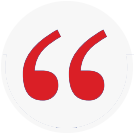

Director of HR operations Rachel Hardman (RH) shares her insights on the award-winning innovation in a question-and-answer with HRDC on the challenges and solutions, impact and results, future opportunities, and lessons and best practices.
HRDC: How has automating routine HR processes through the People Assist/Document Management (PA/DM) model transformed the way your HR team operates and interacts with employees?
RH: “We implemented People Assist in June 2024, so it’s been about eight months. It has definitely transformed our day-to-day HR practices and interactions with employees. It streamlined workflows and provided a centralized location for employees to access information and processes. It helps us track all requests, making us much more organized.
It also gives employees and managers visibility into where their requests are in the process. There’s self-serve functionality, like generating employment letters, which used to require emailing us. Employees can access these immediately when needed, saving time and reducing manual steps for our team. Overall, it’s made us much more efficient.”
HRDC: What were the most significant challenges your team faced during the implementation of PA/DM, and how did overcoming them shape the success of the transformation?
RH: “The biggest challenge was finding the time to build it out. You don’t have much free time in HR, so balancing day-to-day tasks with building this system was tough. We also faced system limitations within UKG, our HRMS system. People Assist is a module within UKG, so we had to navigate how the modules interacted and fit our processes to the system’s capabilities. Transitioning from manual, Word-based processes to an automated system required problem-solving and creativity: it felt like putting together a puzzle.
Another challenge was change management. Rolling out the system was a big adjustment for our HR team, managers, and employees. We spent a lot of time on training and communication to ensure a smooth transition. Even now, eight months in, we’re reinforcing its use.”
HRDC: What additional opportunities or enhancements do you see for leveraging the platform at this point?
RH: “After using it day-to-day, we’ve found tweaks to improve existing workflows. We’ve also identified new processes to bring into the system, like our annual merit increase letters. Previously, we used Excel and mail merges, but now it’s all automated: letters are generated, distributed, and filed directly in employee profiles. It’s been revolutionary, saving us a lot of time. We’re continuously finding ways to make our processes more efficient.”
HRDC: What measurable outcomes or feedback have you seen?
RH: “The system tracks data, like the more than 2,200 requests that have been submitted via People Assist to date, covering benefit change requests, employee status changes, employee referrals, offboarding requests, external training and development requests, and more, which is great. We’ve tried to quantify time savings. For instance, employment letters used to take 15 minutes, and now they’re automated and immediate.”
Hardman shared the following insights from their experience with innovation for other HR teams aiming to enhance their initiatives:
Leverage digital tools: explore current systems because you might not know all capabilities
Engage subject matter experts: seek feedback as you build out the system
Continue optimizing: remain focused on ongoing improvements after launch
Prioritize communication and training: clear guidance is crucial for a smooth transition

As one of Canada’s leading professional services firms and a member of the international KPMG network operating in over 140 countries, the company offers tailored solutions to meet the needs of various industries, including financial services, energy, technology, healthcare, and government.
With its Canadian headquarters in Toronto, KPMG Canada, a collaborative effort between the advisory management consultant practice, IT and HR teams, built the award-winning Kleo HR Bot.
Kleo is powered by the organization’s alliance with Microsoft and built on its Azure OpenAI cloud. It’s a suite of chatbots harnessing the capabilities of large language models (LLM) to help improve the firm’s productivity, enhance employee experience, and inspire innovation.

Launched in December 2023 to its more than 10,000 partners and employees across Canada, Kleo features a generalized chatbot (built on GPT-4), along with specific functional chatbots for HR, IT, and risk management that answer employees’ most common questions, such as:
How do I set up my printer?
How many vacation days do I have?
Am I allowed to deliver this service for an audit client?
KPMG in Canada is adding features that support new use cases, including a bot to help accelerate the development of proposals, ensuring consistency.


My Linh Nguyen, director of HR delivery centre, automation, and analytics at KPMG in Canada, shares the team’s experience with the transformative role of AI, the value of collaboration, and balancing AI with human oversight and ethical standards.
HRDC: What specific gaps in employee support and productivity did the Kleo HR Bot address?
MLN: “It has transformed our employee experience by addressing key support and productivity challenges. It helps our people synthesize responses to their general HR questions and provides 24/7 access for their needs.
Since its launch, we’ve seen a significant shift, with 44 percent of employees preferring the HR-specific chatbot over searching our internal portal and 38 percent choosing it over browsing the HR knowledge base. This has streamlined access to information, making it easier and faster for employees to get the support they need.”
HRDC: How did the cross-functional team contribute to the successful development and deployment of Kleo, and what were the key roles that ensured compliance with KPMG’s standards?
MLN: “It was thanks to the efforts of our cross-functional team from advisory management consulting practice, IT, HR, legal and privacy, risk management, business representatives from audit, tax and advisory, security, analytics and reporting, and project management. Each member brought unique expertise, ensuring Kleo met KPMG’s standards for trust and integrity.
For example, compliance officers ensured adherence to regulatory requirements and internal policies, while insights from HR specialists helped tailor Kleo’s features and data sources to enhance user experience.
Data security experts then implemented stringent security measures to protect sensitive information and maintain data privacy.”
HRDC: What measurable outcomes have you observed since more than 60 percent of employees began using Kleo, and how do you plan to enhance functionality?
MLN: “Since over 60 percent of our employees started using Kleo regularly, we’ve seen fantastic results. Now, with more than 80 percent adoption, we’ve gained valuable insights into employee needs and AI use cases, improved information accessibility, and saved time drafting content.
We’ve also surpassed two million prompts across our Kleo platform, including 35,000 for the HR bot. To enhance its functionality, we plan to incorporate more data sources for comprehensive HR insights.”
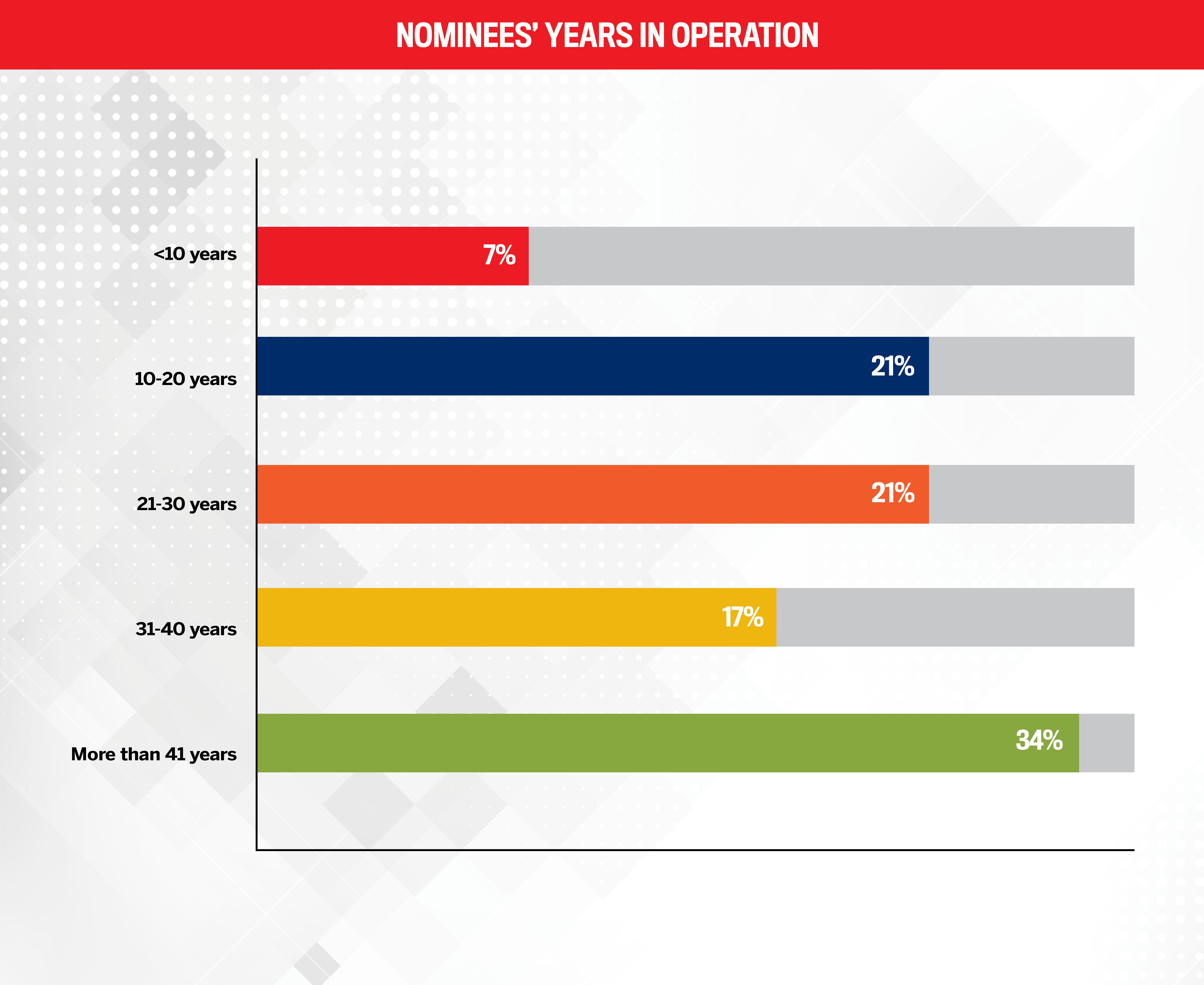
HRDC: How does Kleo balance cutting-edge generative AI capabilities with KPMG Canada’s commitment to data security, privacy, and ethical technology use?
MLN: “We operate within a secure environment with encryption, access controls, and regular audits. User data is only accessible to authorized personnel and never shared with third parties. Additionally, our AI risk management framework also ensures the responsible use of generative AI, aligning with KPMG’s Trusted AI principles and internal guidelines. This framework supports AI as a tool while our professionals maintain their judgment, expertise, and quality control.”
Nguyen shares the following lessons learned for other HR professionals striving to drive innovation:
Understand the appropriate use of AI: recognize when to use AI and which tools are best suited
Keep the human in the loop: ensure human involvement to guide and oversee AI processes
Emphasize accountability: establish clear policies and strategies to determine responsibility for AI-generated outputs
Use AI as a supportive tool: focus on leveraging AI to enhance human capabilities rather than replacing them

The growing and diverse city in British Columbia is meeting the challenges of today’s employment market head on, bringing innovative solutions to the forefront of its employment practices.
Like other municipalities in the Metro Vancouver region, Coquitlam faces a complex recruitment and retention landscape due to retirements, the gig economy's expansion, and major economic drivers such as affordability.
In recent years, the local government’s innovative HR team has brought a new focus into its strategic planning processes and human resources practices, and embraced the opportunities that this new landscape presents in order to:
widen talent pools
introduce more inclusive hiring practices
modernize technology and processes
update strategies to enhance organizational HR performance
The city recently launched work on a talent strategy and an EDI recruitment and retention action plan. These multi-year blueprints aim to implement short-, medium-, and long-term changes that will widen hiring and succession pipelines, ensure increased accessibility awareness in public service delivery, and employ tools and tactics to overcome challenges in the labour market.
The plans focus on the following building blocks:
recruitment and hiring
development and retention
best practices such as capacity, culture, and organizational processes
Examples of priorities under the plans include:
reviewing and revising current HR policies and guidelines
recruitment toolkit to help HR advisors and hiring managers
implementation of tools and technology to support the organization’s need for data
considering ways to include core leadership principles across the organization, ensuring the city continues to meet the needs of its growing community while also supporting overall employment practices


Corporate services general manager Nikki Caulfield (NC) highlights how the HR team integrates these priorities, embraces innovation, and strategically addresses challenges to support employees and the community it serves.
HRDC: How does the HR department’s work contribute to the City of Coquitlam’s strategic objectives?
NC: “Our HR team actively innovates and pivots to support the breadth of the city’s strategic priorities, including community safety, environmental sustainability, financial excellence and operational efficiency, inclusion, and social cohesion.
By embedding these considerations into recruitment, retention, and culture, we can ensure our workforce reflects our diverse community and is equipped to deliver sustainable services.
Innovation underpins this work through initiatives such as modernizing HR policies and technology. These reflect a forward-thinking approach to the organization and the community we serve.
Recognizing that our workplace and culture are critical foundations ensures our team is supported and has the tools they need to drive innovation. It’s about having the right people in the right roles with the tools they need.”
HRDC: Could you elaborate on the improvements you’ve seen since launching the action plan?
NC: “The action plan is about intention: understanding that our practices need a lens of future proofing our organization’s talent needs, accessibility, and consideration for emerging technologies. It led to tools that have helped hiring managers widen our talent pipelines, and ensure our workforce reflects and supports the community we serve.”
HRDC: Building on that, how does your talent and retention strategy address the unique recruitment and retention challenges in Metro Vancouver?
NC: “This work is underway as part of Coquitlam’s first talent and retention strategy, which is bold and forward-thinking. It addresses regional challenges such as affordability and competition for talent while fostering a workplace culture that attracts and supports exceptional people.”
HRDC: What are the key focus areas of the accessibility and inclusion plan, and how will it support both your employees and the wider Coquitlam community?
NC: “The accessibility and inclusion plan aligns with the Accessible British Columbia Act, serving as a roadmap to remove employment barriers, enhance inclusivity, and support accessible service delivery.
As a government agency, our work impacts the quality of life for our community. This means considering the needs of seniors, youth, and people with diverse abilities and cultural backgrounds. The plan supports the City of Coquitlam to continue creating spaces people feel are accessible and where they are valued at every stage of life.”
Caulfield shares lessons learned from their forward-thinking initiatives with other HR teams aiming to drive innovation in their organizations:
Ground HR innovation in actionable strategies: ensure initiatives are supported by clear plans and strategies
Embrace change as a process: recognize it’s a process with many steps
Prioritize policy reviews: regularly assess and update policies to align with organizational goals
Leverage data to track progress: measure the effectiveness of initiatives and drive continuous improvement
Fostering cross-departmental collaboration: encourage teams to drive innovation
View challenges as opportunities: adapt and future-proof your organization against such conditions as a tight labour market


HRD Canada’s Innovative HR Teams 2025 report recognizes firms that are breaking boundaries to move the HR industry forward – whether it’s by taking a progressive approach to recruitment, introducing new technology or rolling out a groundbreaking reward and recognition strategy.
The report offers HR teams a unique benchmarking opportunity to see how their initiatives compare to those of the profession at large. Readers were invited to submit entries showcasing HR teams that have agile, bold, and forward-thinking people strategies. Nominations focused on areas including talent management, diversity and inclusion, health and wellness, and HR technology. Initiatives introduced and results achieved in 2024 were highlighted.
HRD Canada objectively assessed each entry for detailed information, true innovation and proven success – along with benchmarking against the other entries – to determine the winners.